|
|
Personal Projects
|
|
|
For the past two weeks I’ve been deeply into Dark Souls 3. I knew I was going to want to do a post about playing this game, but I’ve been really struggling about what I’d like to talk about. There’s so much that I find engaging, from the dynamic enemy animations to the atmospheric storytelling … there’s a lot to be applauded here. Yet what I can’t shake is how harrowing this experience has been. The Dark Souls franchise is known for it's intense experiences that leave players rattled… but Dark Souls 3 has felt different. In this blog post we’re going to talk a lot about lore (major spoilers ahead, but I do not talk about the Dark Souls 3 ending), relationships between Dark Souls 1 and 3, and I’m going to try to be discussing this all in a way that doesn’t alienate people who haven’t been keeping up with Dark Souls lore. I’m going to be making a lot of opinion statements and I may get some of the lore slightly wrong, so I apologize if I do!
away and dying. Dark Souls 3 plays with these emotions in very purposeful ways, by first introducing you to characters that are alive and well. In the very beginning of the game we’re introduced to a blacksmith named Andre. Fans of the series will recognize this blacksmith as the same one from Dark Souls 1, which makes this a very fun moment for the players who recognize him. This immediately sets to the tone as being heavily connected to Dark Souls 1, and leaves the player feeling optimistic about who they might meet and where they might go. It’s purposeful and an interesting choice for the developers to start with. As you complete the second boss of the game, Bat Demons appear to whisk you away into the next area. Those who are familiar with Dark Souls 1 will recognize these guys and this very similar sequence from the first game where these Demons carry you to, the most iconic location in the Dark Souls franchise, Anor Londo. The beginning segments of the game are all about familiarity, hope, and excitement for what comes next. As a fan of the franchise, this really sets up the vibe of the game early on.
Moving ahead, we end up in a place called Smouldering Lake that feels very similar to a location in Dark Souls 1 called the Demon Ruins or Lost Izalith. Izalith is notable from a lore perspective because it’s essentially the birthplace of Demons in the Dark Souls 1 universe. It’s a location filled with lava, old ruins, and is basically a large cave type area. In this area, the player soon finds that the side passageways are full of dead Demons from Dark Souls 1. Stacked in piles, or just sprawling out on the floor are different demon forms that were previously enemies. Seeing this kind of mass slaughter
here!” after discovering him. An odd silver lining to have in such a grim scenario. In the same area the player will also find an old corpse of what appears to be a spider, but after taking a closer look is most likely Quelaan, a character from Dark Souls 1 that is half spider half woman. In Dark Souls 1 you find her half sunken into a wall, blind but you can talk to her.
Princess of Sunlight. In Dark Souls 1 if you attack Gwynevere it’s revealed that she’s an illusion created by her brother Gwyndolin, when the illusion is broken the Sunlight vanishes and plunges the city into a dark night. Gwyndolin is the youngest son of Lord Gwyn, has an affinity for the Moon, and remains as the only god in Anor Londo to protect his father’s honorary tomb. If the illusion is not broken, Gwyndolin remains in hiding as an optional boss to this area (I’ve never broken the illusion and fought this character). Going back to Irithyll, as you descend into this area you begin to find more references to Anor Londo. There’s a room that’s not only guarded by Silver Knights but also has pictures on the wall depicting Gwynevere and other imagery from Anor Londo. As you ascend Irithyll you begin fighting more Silver Knights on roof tops, which is a familiar nod to the same setting in Dark Souls 1 where you have to climb rooftops in Anor Londo while avoiding arrows from Silver Knights. In one
on screen text announcing the name of the area. It’s important to note that in the context of Dark Souls 3 we know that we’re in pursuit of a boss named Aldrich, who has been known for consuming kings… essentially eating his way to the top but at this point that’s all the player knows. From here the player moves forward into the same area that’s before the Ornstein and Smough boss fight from Dark Souls 1, and as you move into the same room you fought them in… you
There’s another item reveals more of the chaos that Adlrich has wrought, which reads : “Aldrich dreamed as he slowly devoured the God of the Darkmoon. In this dream, he perceived the form of a young, pale girl in hiding.” Deciphering this we can understand the God of the Darkmoon to be Gwyndolin that’s being consumed, and we can infer that the young, pale
found Priscilla, the same magic seemed to have been used to block access to Irithyll, and the player is required to find a doll to access the area. Just like Gwyndolin, Priscilla had been left to be and yet found a horrific end. It’s not like Anor Londo was in a great state when we saw it last, but there was still something majestic about it… Finding it defiled in Dark Souls 3, I found myself practically mourning the loss of innocence. Discovering the empty room where the illusion of Gwynevere is meant to be, the city fallen to darkness and cold, and knowing that any vestiges of Gwyn are now truly gone. It’s like returning to your childhood home and finding the tree that held your tree-house has died, and pieces of it is are now just molding and crumbling away. You want to play in that tree-house, and while it’s still physically there, it’s really not your tree-house anymore. In Dark Souls 1, the major theme was about how Gwyn and others saw the end of their era approaching and their attempts at unnaturally prolonging it. Nothing is meant to last forever and yet we can’t help but want it to… it’s such a human emotion and yet we’re seeing it play out in game form. Playing Dark Souls 1 it was very easy to be like “No we need to end the era of Gwyn!” Yet this question has become more difficult. I think it’s cannon to say that the era was prolonged unnaturally at the end of Dark Souls 1 and in Dark Souls 3 we’re seeing the result of that. We’re seeing a world we love, be on life support for too long. It’s such a harsh reality and analogy to make… but this is where Fromsoftware have brought us. I will say that there have been certain “other discoveries” made that’s after Aldrich that pushes the player deeper into questioning this era… and if it’s really right to keep the flame going. Dark Souls guides us through this complicated arc of emotions where we struggle with nostalgia and I think places us in a very similar scenario as Gwyn. Where we feel for this world and in many ways want to keep it going, even when we shouldn’t. Everything fades in time, and we can’t always cling to the past. Dark Souls is teaching us to let go… and telling us to get out of that tree-house, the tree died years ago.
I’d be lying if I said my thesis wasn’t deeply inspired by this article, which relates Dark Souls with dementia (would really recommend a read).
0 Comments
Leave a Reply. |
AuthorI make games, I play games... and sometimes I have some thoughts about that. Archives
March 2024
|
Proudly powered by Weebly












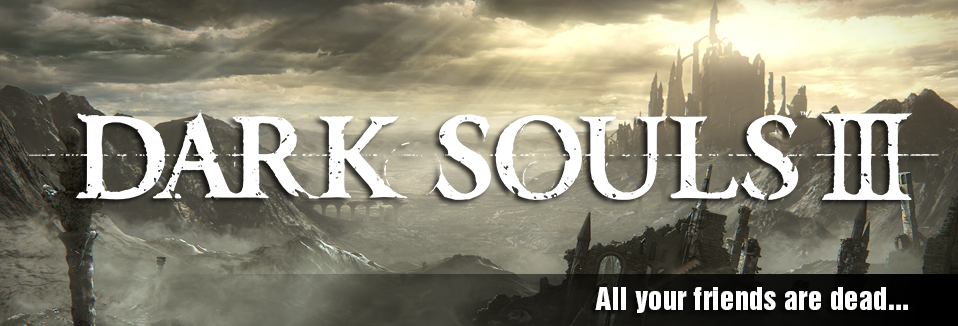
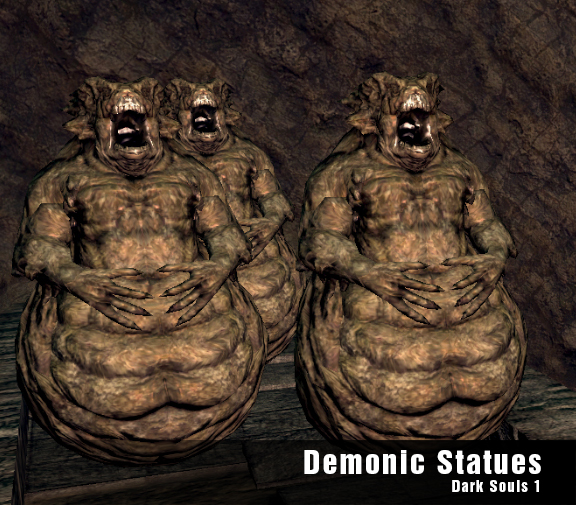
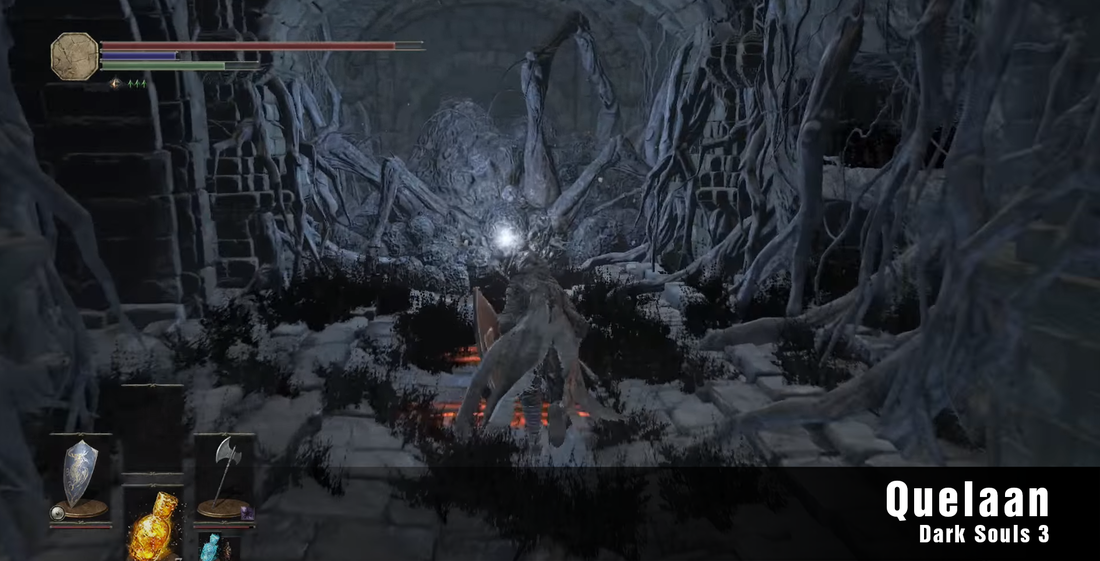
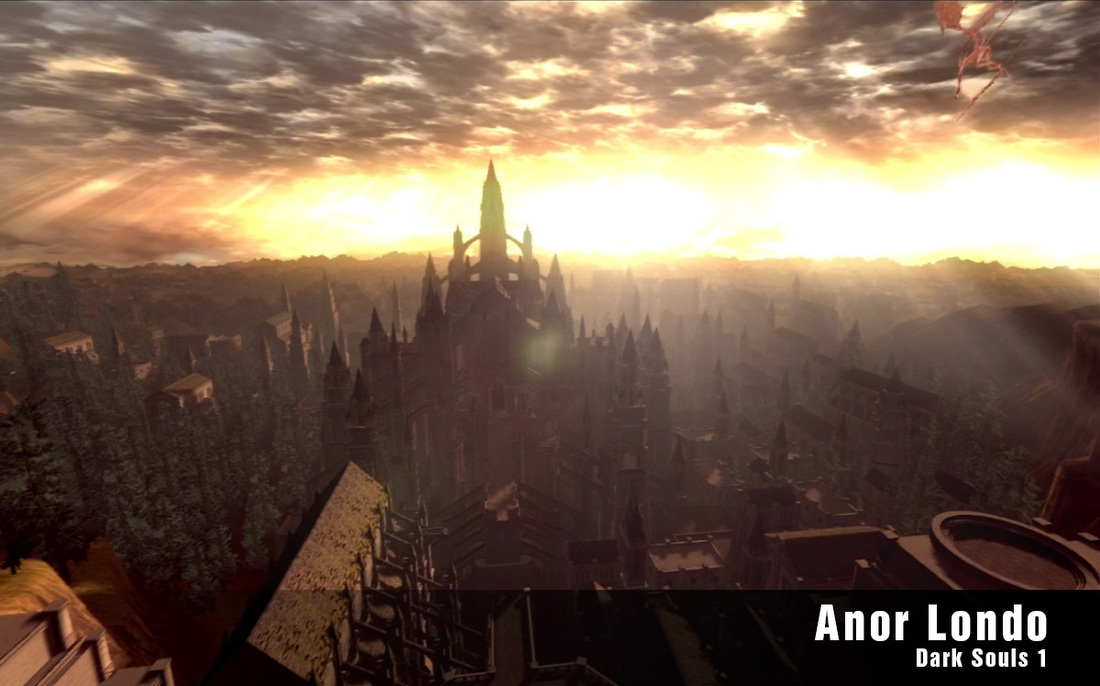
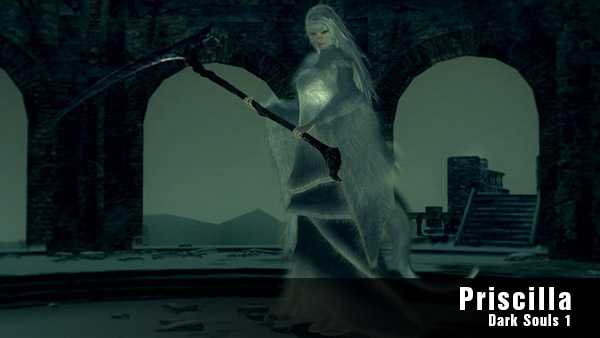


 RSS Feed
RSS Feed